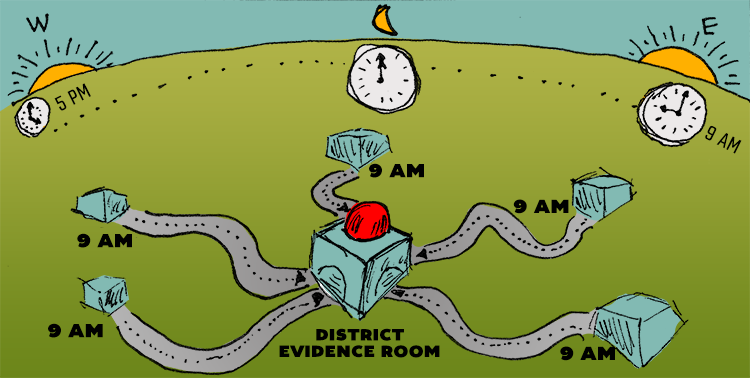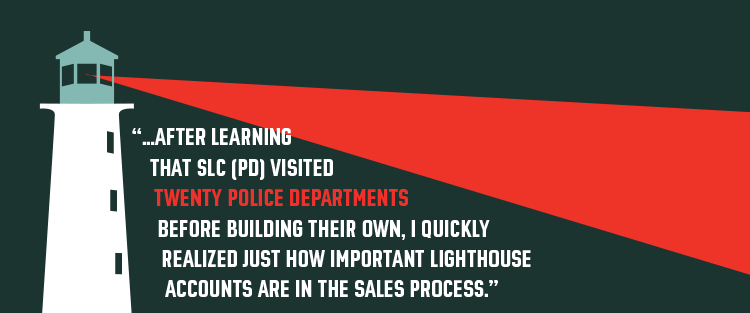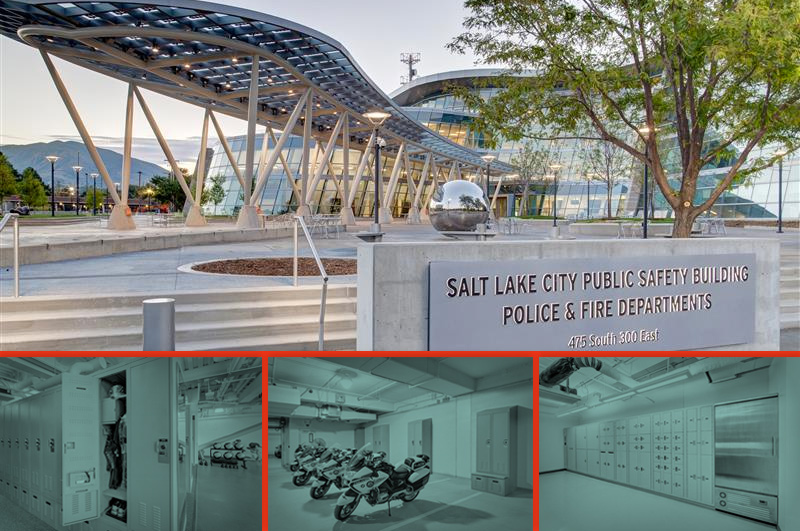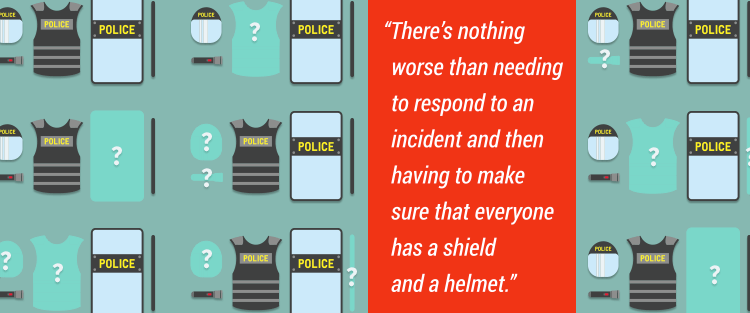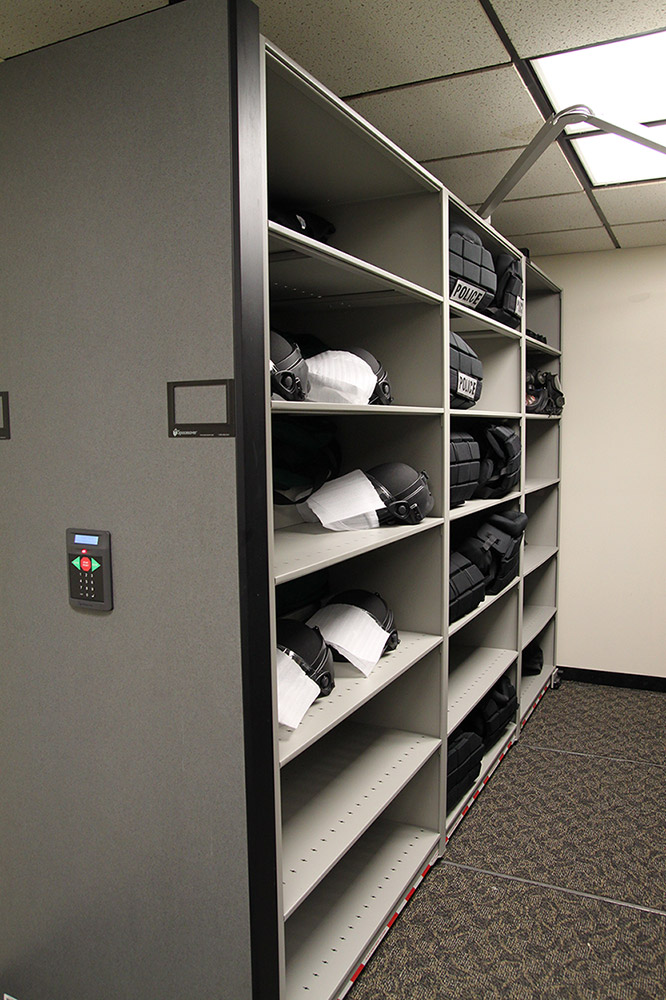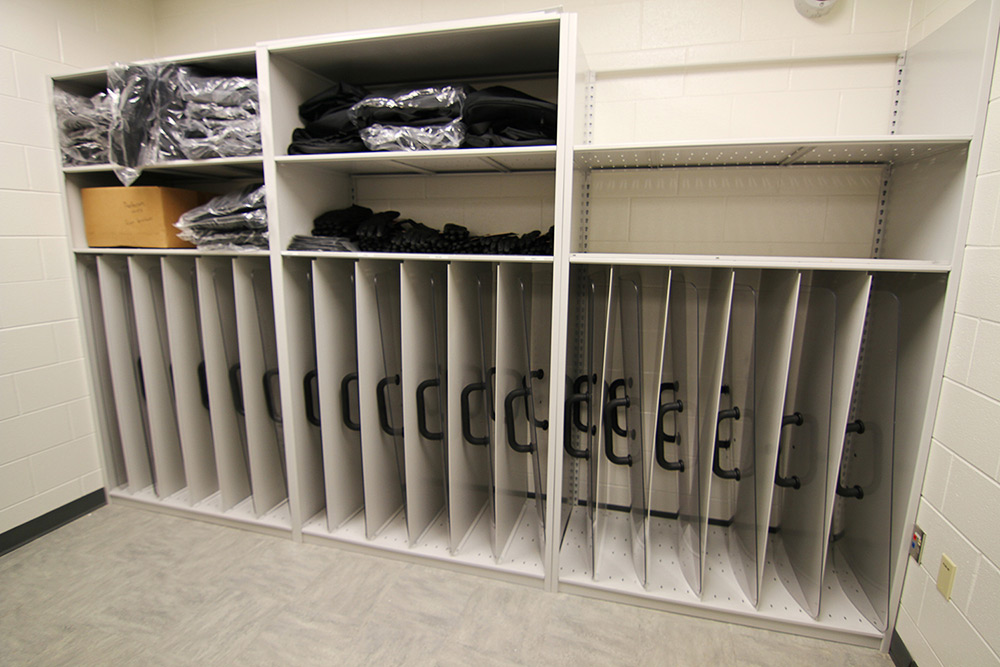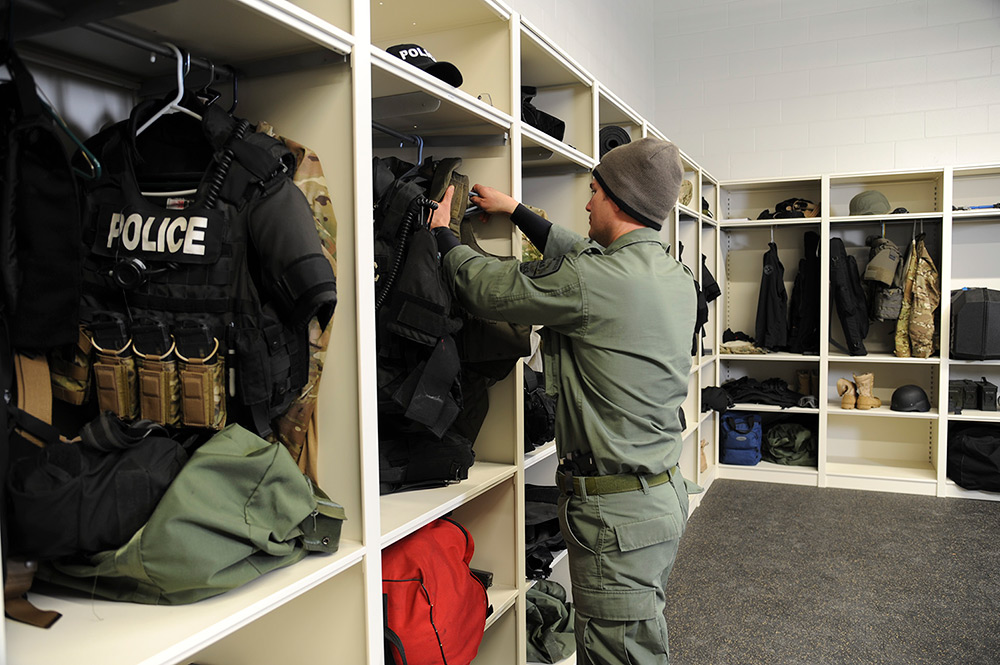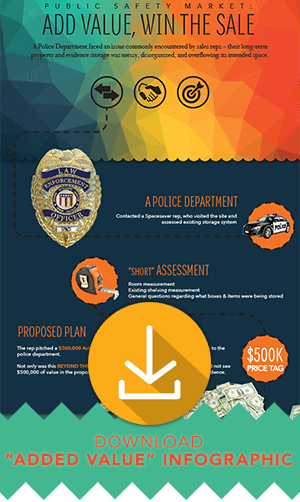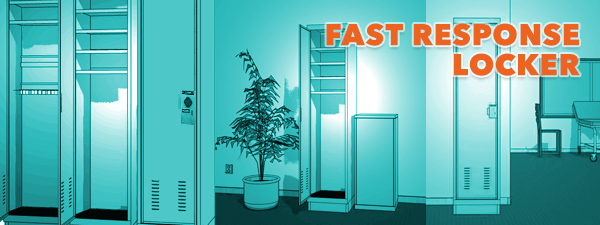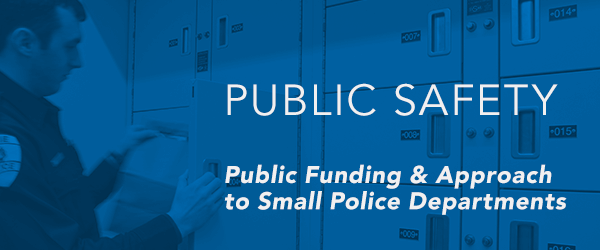CHALLENGER INSIGHTS Vol. 5:
Sales Lessons From a Small PD Visit
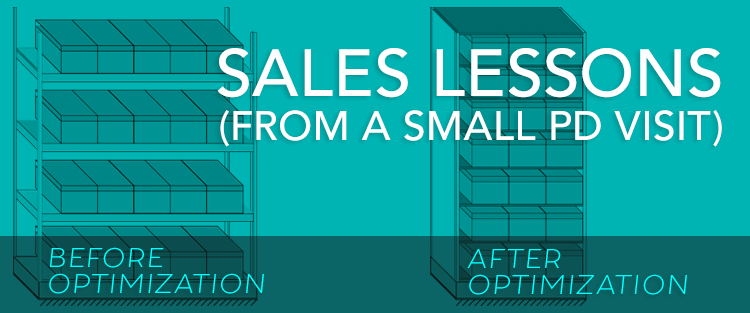
Our first Challenger Insight discussed a revitalized approach for selling to small police departments, and I wanted to take the time to provide a real-life example to walk through this approach.
A few weeks ago, several members of Spacesaver’s Marketing Team and I headed to a small department in the Madison area to gather some insights related to their evidence storage. The department had been the subject of an article in its local paper, and highlighted the lack of space in their 16-year-old building, particularly when it came to evidence processing and long-term evidence storage. They had gone so far as to ask a local architecture firm to conduct a space needs analysis of the facility.
With a population of 25,000 and 48 sworn officers, they’re the perfect example of a small department who is struggling with making their current space work. We gained plenty of insight—and it’s helped us reposition the way Spacesaver markets ourselves to facilities that may need to optimize their space before money for a renovation or a new building is available.
Insufficient space
The space needs analysis conducted for the department told them what they already knew—that the 11,000 square feet the department inhabited was sufficient when their building was constructed in 1999—now, it required an additional 13,000 square feet. The evidence processing and long-term storage space alone needed an additional 4,000 square feet.
The lieutenant we talked to was the one who actually presented the assessment to the city’s council. He was hopeful that the council would see that they needed a new building—or a renovation to the current one—sooner rather than later. The department was prepared to grin and bear it for the next five or ten years—but it was getting harder to ignore the overwhelming need for space, and the detectives assigned to evidence and property were purging just to find space on their shelves.
Learning the department’s pain points
In meeting the lieutenant, I could see he thought we were trying to sell him a solution he couldn’t afford. He was quick to say that there was limited funding and no chance of a new space for several years. I told him that we weren’t there to sell him anything—we simply wanted to ask questions about his current processes and have a look around his evidence room.
My first question:
“Let’s say you could go back to 1999. Or, let’s say it’s 2025 and you’re getting a new police department building. What are the most important things to tackle from an evidence storage perspective?”
The lieutenant didn’t hesitate. He talked about wanting more modern evidence lockers that didn’t require the kinds of keys they currently had—the process of having a physical key and putting that in someone’s mailbox made him nervous. The obvious change would be additional storage space for the long-term evidence—he knew about mobile shelving (the department already had a mobile system in the Records Room) and knew that would be a great solution to creating additional space for more evidence and making room for a larger evidence processing/purging area—but he knew it cost more than they could get approved through their budget.
Optimizing shelving type and density
In listening to the lieutenant’s wish list, I knew that there were some efficiencies that we could get him just by optimizing static shelving. The shelving they were currently using was wide span with particleboard. Nothing wrong with wide span—but the shelves included support beams that were 4” tall, and the banker’s boxes being stored on those shelves weren’t heavy enough to need that kind of shelf. In addition to the height of the beams, the length and width of the open space between shelves was created all sorts of wasted space. 72” wide shelves meant that five 12.5” long banker’s boxes could fit on a shelf with plenty of empty space.
I suggested utilizing 4-post shelving, which would have a much shorter shelf height. If we decreased the length of the shelves to 42” instead of 72”, it would mean that three boxes could fit efficiently on a shelf with no wasted space. By decreasing the width of the shelving units but increasing the length, we could get more 4-post shelving units into the same space—therefore, more boxes.
A phased approach
In the case of this department, any items outside a $2,500 purchase required a City Manager approval—and purchases above $2,500 or more required formal City Council approval. To create an immediate way to gain a few months of space, I mentioned that this solution could be purchased incrementally. By purchasing and installing the new 4-post shelving in four phases, the department could gain storage space incrementally without creating budgetary constraints. And, in changing over the shelving, we could yield a 90% increase in storage—from the department’s current 520 boxes to 987 boxes.
In the future, when funding and a new building became a reality, the 4-post could easily mount onto mobile carriages. With the mobile carriages and a reorientation of the room, 32% more boxes could be stored—from 987 to 1,155 boxes.
Creating an advocate
As I was explaining all of this, I could literally see the light bulb go off in his head.
“Before you reached out to me, we honestly didn’t think we could do anything to the evidence room and other spaces that wouldn’t require a substantial amount of funding,” he said. “We were just hoping that the city would continue to spin their wheels and that in five years, we’d have a new evidence room.
A phased approach makes sense—and if we do get a new space in five or ten years, we’re several steps ahead of the process in terms of having systems that can be moved in without much effort.” He paused for a second. “Do you have time to take a look at something else?”
Retrofitting locker benches
“There’s a frustration that I’ve been wanting to solve for years.” In the men’s locker room, he points to an open locker with a duty vest hanging on a typical clothes hanger. “We want to be able to store these vests flat so that they retain their shape and dry properly after the officers come back from a shift. With these old lockers, there’s no way we can do that.”
“There is,” I told him. “We can retrofit these lockers with bench drawers. We keep the existing locker on the top, and install a bench with a pullout drawer on the bottom. The bench can be designed with a fitted tray for drying duty vests, and there’s extra room for boots and shoes.”
What this means for you
Some of you might be thinking, “Okay, Gary—that’s great. But how do I make a living with a bit of 4-post shelving every year and retrofitting locker bases?”—and I hear you. These sales are small—but opportunities exist for you to propose a solution, get an order, and expand your network.
My experience was these types of projects closed quicker, with less effort, at good margins. In partnering with these small departments, we become a trusted advisor—and you’ll be the first call they make when that new building gets funded.
Now that we have all this insight, now what?
Last week, you received a communication from Spacesaver called “MUST READ: New Spacesaver Marketing & Sales Tools”. In that email, many links were provided to content that speaks to the struggles of departments like this one in Wisconsin—in fact, visiting this particular department is where the light bulb went off for us.
These are departments with no space, no funding, and no new building or renovation in sight—so they’re specifically looking for solutions that can get them in a comfortable spot until a new location or additional funds are a reality. This is why we created tools like the Law Enforcement: Space Optimization & Organization brochure as well as the Info Sheets for the Narcotics Evidence Locker (NEL) and Weapons Evidence Locker (WEL).
If you didn’t get the email regarding the sales tools, or have feedback, please let us know and we’ll make sure you’re on our list!
Have you had success with optimizing or improving Small Police Departments? Are there other applications that you’ve identified? Email McKenna at mdustman@spacesaver.com to share your insights.купить аккумулятор для эхолотанежный макияж на выпускной для карих глазДанильченко Юрий отзывыснегоходы обувь

